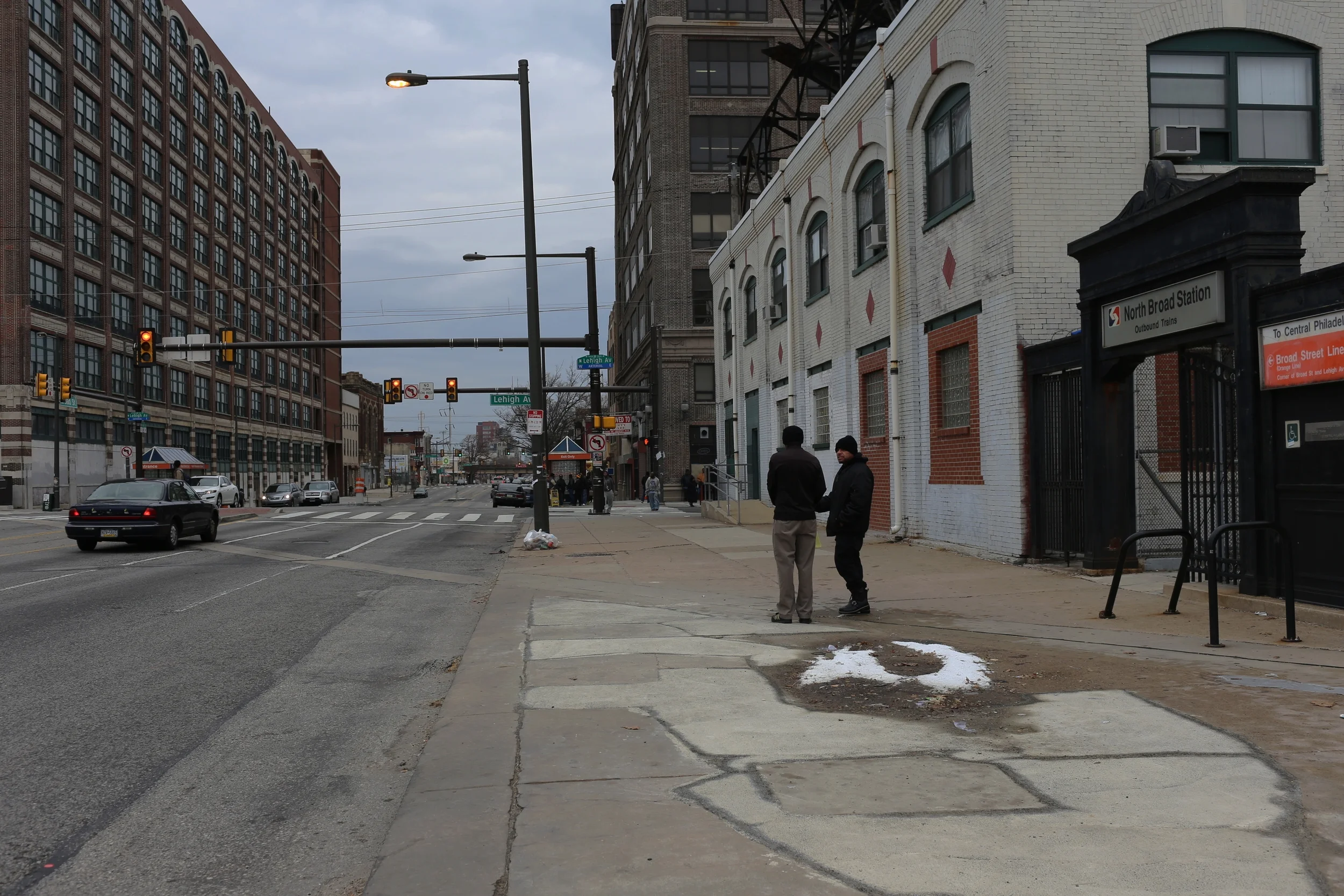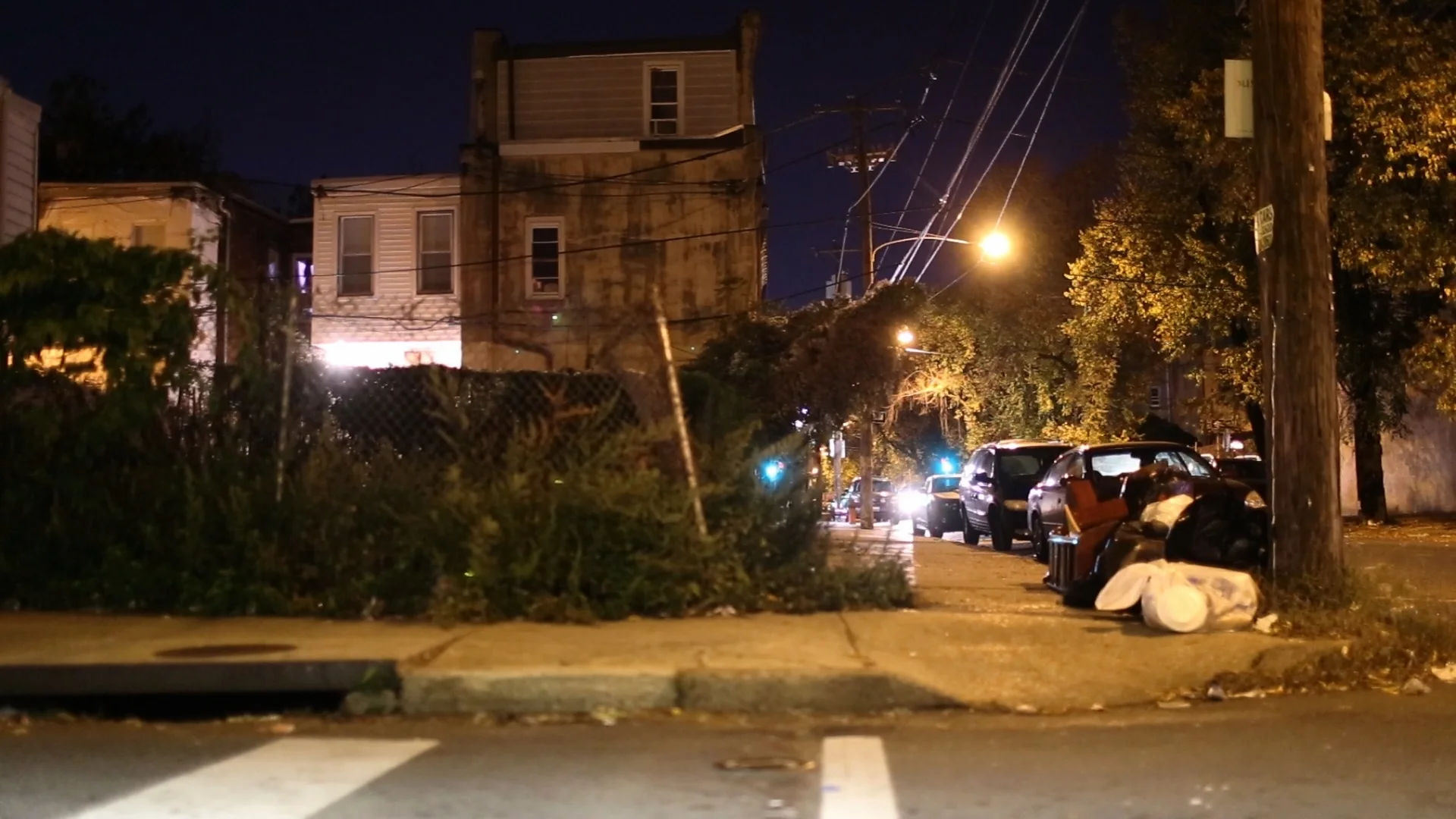






Alicia Strange
North Philadelphia
Alicia Strange is a source of support within a community impacted by violence. As an outreach worker at Simon Gratz High School in North Philadelphia, Alicia provides guidance to students engaging in what she calls high-risk street activity. Her approach is to help students find the source of the problem, and then work together to solve these issues.
Alicia says she’s lost many loved ones to gun violence throughout her life, and she emphasizes that the issue is incredibly deep-rooted - a complex problem to solve. One way to start, she believes, is to make people more aware of the positive alternatives to which they can turn.
So Many Funerals
“I was raised in North Philadelphia. The first time that I experienced gun violence firsthand was when I was 15. One of the close friends that I grew up with had gotten killed. Unfortunately, gun violence was the norm in the neighborhood I was raised in.
“I think the closer [they] are … it's more of a shocking feeling, it's like it's unrealistic, it's like you're not really there, this isn't really happening … It takes a certain point, or after a certain amount of time, until it kinda hits you, like ‘Okay, this person's really not here’ … you know, you'll never see them again. I’ve been to so many funerals over the years.
“The older I got, I kind of became immune … to people getting shot. It was like a regular thing you heard about every other day or a couple times a week. After I graduated college in 2010, I lost one of my close cousins to gun violence.
“I kind of lost a little hope, seeing how somebody can just take your life away and possibly just walk away or get away with it … It showed me a different side of people, that they can really be heartless and senseless. I had that kind of feeling [when I lost] my friend. Someone took my friend away … they were so cold and senseless. But it was a feeling I kind of overcame, experiencing losing him.”
Finding the Source
“I am currently an outreach worker … at Simon Gratz [High School] … We work with students who may be involved in gangs, or involved in cliques or crews that may be participating in high-risk street activity, that can range from … selling drugs, robbery, violence and shootings.
“We work with these students firsthand to try to intervene with their lifestyle, and get them back on track to do positive and constructive things. So if they are involved in high-risk street activity, we try to guide them to focus on things like school … We want to try to get [them] out of this cycle so [they] won’t end up dead or locked up.
“We help them find the source of the issue … If the issue is they are doing robberies because they don’t have a source of income … maybe they need a job. If they are breaking into people’s homes, maybe it’s because they don’t have a place to lay their head. It’s kind of like five different jobs in one you are doing, because you are playing multiple roles when working with these kids on this type of level.”
Community Resources
“The issue of gun violence is so deep rooted, it’s bigger than what a lot of people may view it as … People think it is just people walking down the street shooting each other. That’s not necessarily the case.
“You have to get to the ground root of the issues. You never know what the situation may stem from … A lot of people tend to resort to violence because they are not familiar or aware of the resources they have out here. I get a lot of students that do the things they do because they may need a job, or their family has a lack of communication. So therapy can be provided to the family to help address issues in the home. Parents may be on drugs and students need to get therapy themselves to cope with such issues, or to cope with the loss of a parent or family member.
“These are kids that had major issues or participated in really high-risk street activities, but the school now has … these counselors, and these teachers, and these staff members that care for the kids. And over the last two and three years, just engaging with them every day in school … on a higher level than a teacher to a student … these students have made progress, on their behavior, academics, all of those things.
“A lot of individuals are not aware of the resources that a community or school or city may have … [We need to] make people aware of the good resources, the positive, constructive things that [students] can get involved in. That can definitely be a start.”
- - - - - - - - - - - - - - - - - - - - - - - - - - - - - - - - - - - - - - - -
Interview by Jonnell Burke and Dan Kurland | Text by Janne Hu | Portraits by Tia Yang | November 2015